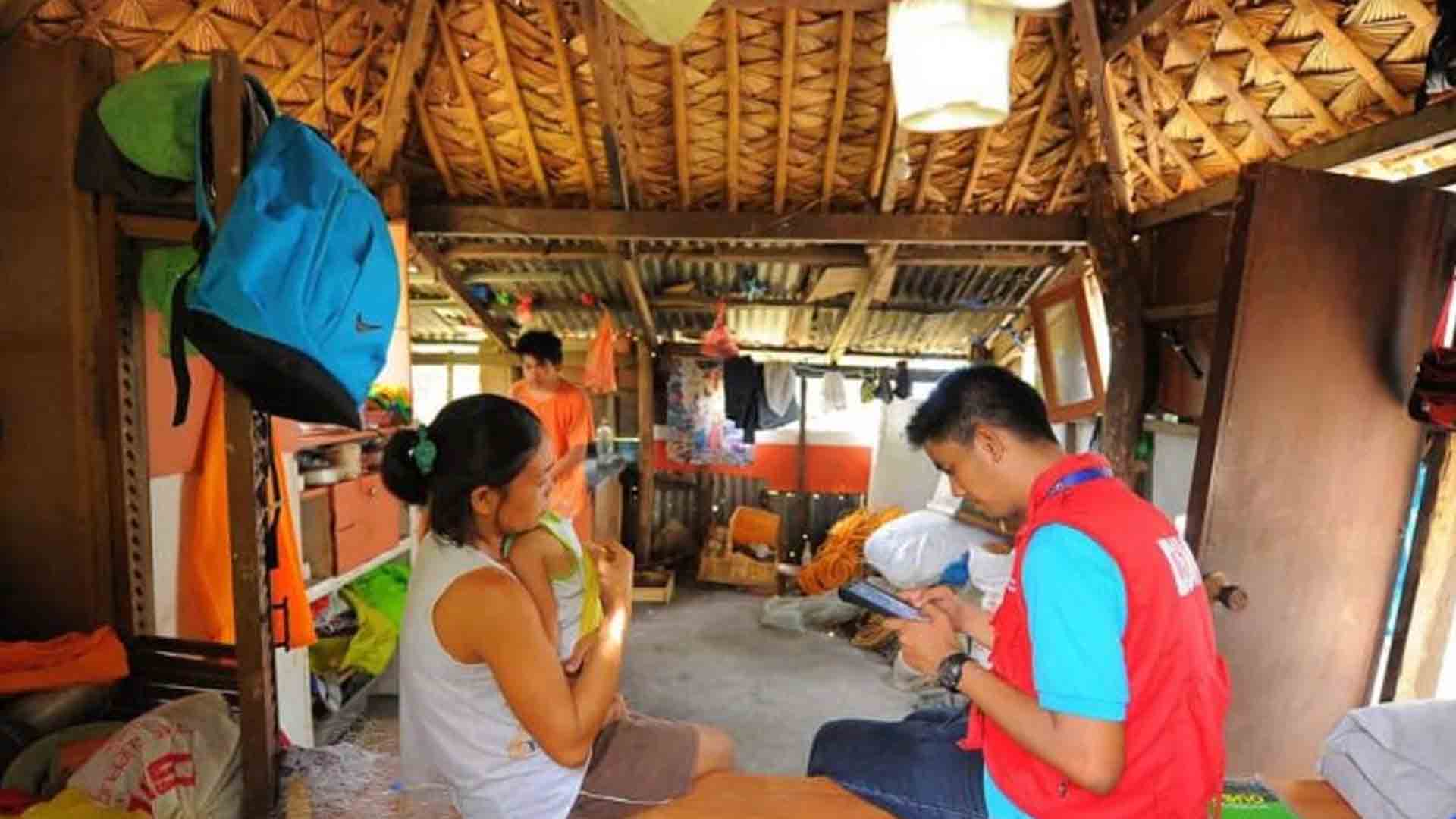The Department of Social Welfare and Development (DSWD) in Region 5 (Bicol) is now fast-tracking the encoding activities to update the database of the households in the region that are considered poor.
In a statement on Wednesday, Marygizelle Mesa, DSWD-5 spokesperson, said the new database, the outcome of their Listahanan 3 program, is expected to be released within the first quarter of 2022.
“A total of 50 encoding staff are being engaged to encode the 177,783 household assessment forms (HAFs),” she said.
Mesa also said the release of the new database will be done during a national and regional launch wherein private and public stakeholders are invited to participate in the data sharing.
Based on the operations management report system data, 141,031 HAFs or 76.04 percent of its total number were already encoded and verified in the Bicol region.
The encoding and verification activities pass through consistency checking and validation routines before the HAF is endorsed for Proxy Means Test (PMT) processing.
PMT is a statistical model that approximates family income based on observable and verifiable indicators of the family’s income such as access to basic services and facilities such as water, electricity, ownership of assets, and materials used in the housing structure.
The estimated household income based on the PMT is compared to the existing provincial threshold set by the Philippine Statistics Authority. Households with income falling below the poverty threshold are considered “poor” while households whose income is above the threshold are tagged as “non-poor”.
DSWD-Bicol assures the public that the resumption of Listahanan activities amid the coronavirus disease (Covid-19) pandemic strictly follows health protocols which include the mandatory wearing of masks, physical distancing, proper hygiene, and/or washing hands, among others.
Listahanan is an information management system that identifies who and where the poor are in the country. By providing a unified criterion, it makes the database of poor households available as a basis for identifying potential beneficiaries of social protection programs and services. (PNA)







